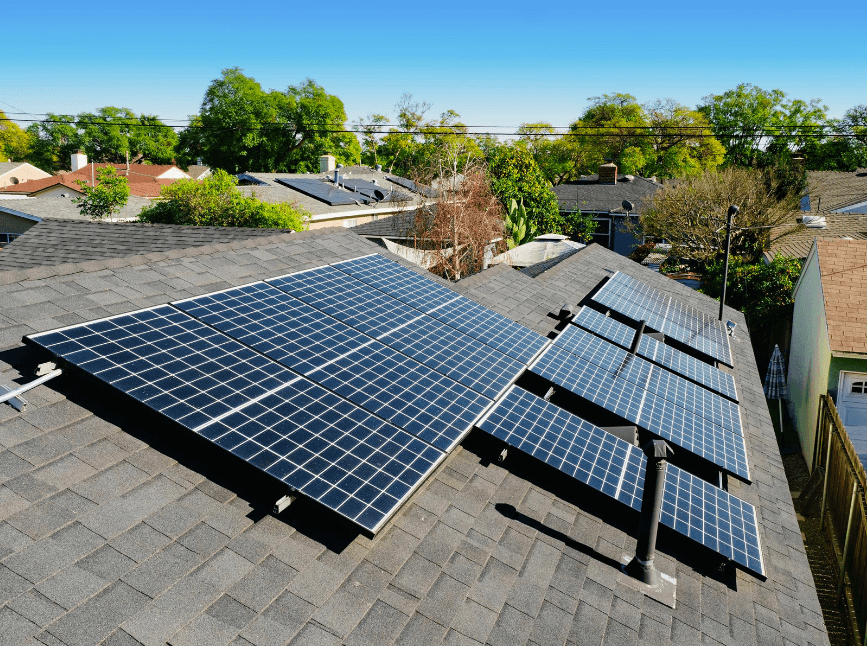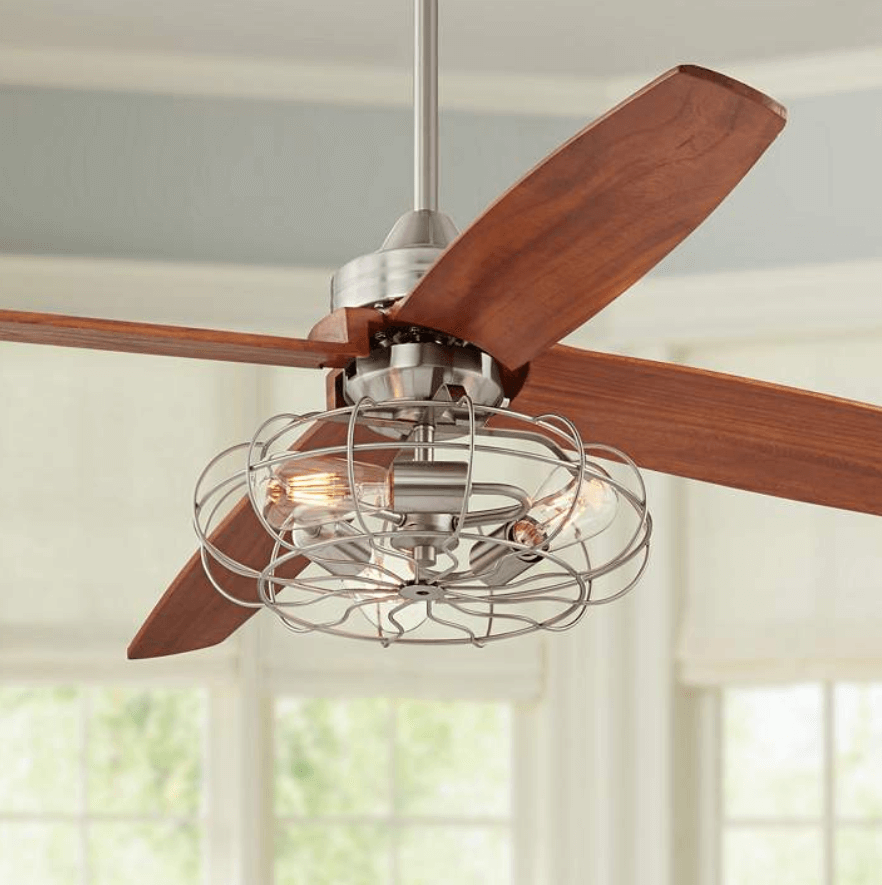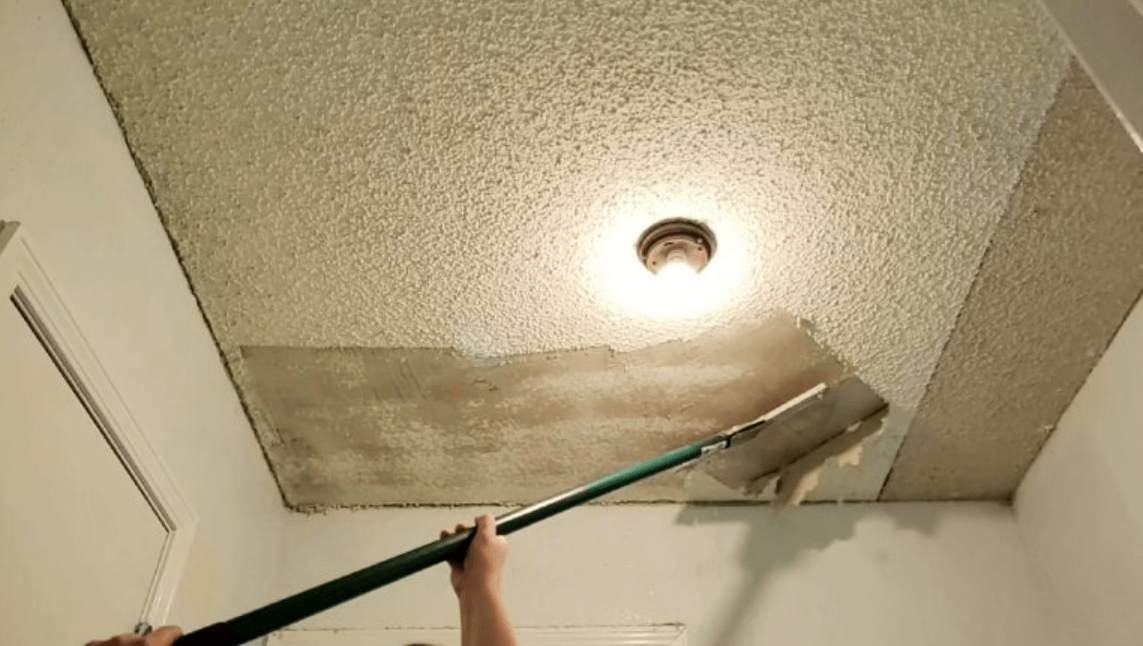Solar energy has gained significant popularity as a sustainable and cost-effective alternative to traditional sources of electricity. With the increasing demand for renewable energy solutions, many homeowners are considering installing solar panels. If you own a 2,000-square-foot house and are interested in harnessing the sun’s power, you might be wondering about the cost of solar panel installation. In this article, we will explore the various factors that influence how much do solar panels cost for a 2,000 square foot house and provide you with valuable insights to help you make an informed decision.
Understanding Solar Panels
What are solar panels?
They comprise multiple solar cells, typically composed of silicon, which generate a direct current (DC) when exposed to sunlight.
How do solar panels work?
When sunlight hits the solar panels, the solar cells absorb the photons and release electrons, creating an electric current.
Factors Affecting Solar Panel Costs
The cost of solar panels for a 2,000 square foot house can vary based on several factors. It’s essential to consider these factors to understand the overall cost implications.
Size and power requirements
The size of your house and the amount of electricity you consume play a significant role in determining the size and power requirements of your solar panel system. Larger houses with higher energy consumption will require more solar panels to meet their electricity needs, resulting in higher costs.
Type and quality of solar panels
Monocrystalline panels, known for their high efficiency, tend to be more expensive than polycrystalline or thin-film panels.
Local incentives and rebates
In some regions, governments and utility companies offer incentives and rebates to promote solar energy adoption. These financial incentives can significantly reduce the upfront cost of installing solar panels, making them more affordable.
Estimating Solar Panel Costs for a 2,000 Square Foot House
Average cost per watt
The cost of solar panels is often measured in dollars per watt ($/W). As of [current year], the average cost per watt for a residential solar panel system ranges from $2.50/W to $3.50/W. However, it’s important to note that prices can vary depending on your location and other factors mentioned earlier.
Total system cost
To estimate the total cost of a solar panel system for your 2,000 square foot house, you need to consider the average cost per watt and the size of the system you require. Assuming an average cost per watt of $3.00/W and an average system size of 7 kW (7000 watts), the total cost would be approximately $21,000.
Financing Options for Solar Panel Installation
Purchase with cash
If you have the financial means, purchasing the solar panel system outright with cash can provide the highest return on investment in the long run. You’ll benefit from immediate savings on your electricity bills and the potential for tax incentives or rebates.
Leasing or Power Purchase Agreements (PPAs)
Leasing or entering into a Power Purchase Agreement (PPA) with a solar provider allows you to have solar panels installed on your house without any upfront costs. However, you won’t own the system, and the financial benefits may be limited compared to purchasing.
Return on Investment (ROI) and Payback Period
Calculating ROI
The return on investment (ROI) for solar panels is determined by comparing the cost of the system with the savings on your electricity bills over time. Depending on various factors such as energy consumption, electricity rates, and incentives, the ROI can vary.
Determining payback period
The payback period represents the time it takes to recover your initial investment through savings on electricity bills. On average, homeowners can expect a payback period of 6 to 10 years for their solar panel systems.
Maintenance and Operational Costs
Cleaning and upkeep
Solar panels require minimal maintenance. Periodic cleaning of the panels to remove dirt and debris can help maximize their efficiency.
Monitoring systems
Investing in a solar monitoring system can help you keep track of the performance of your solar panels. These systems provide real-time data on energy production, allowing you to identify any issues promptly.
Environmental and Financial Benefits of Solar Panels
Reduced electricity bills
By generating your electricity, solar panels can significantly reduce your reliance on the grid, resulting in lower electricity bills. Depending on your energy consumption and the solar panel system size, you can eliminate or reduce your monthly electricity costs. Read more…
Conclusion
Installing how much do solar panels cost for a 2,000 square foot house is an excellent investment that can provide long-term financial and environmental benefits. While the initial cost of installation may seem significant.
FAQs (Frequently Asked Questions)
1. Are solar panels suitable for all types ofroofs?
Yes, solar panels can be installed on various types of roofs, including asphalt shingles, metal roofs, tile roofs, and flat roofs. However, the installation process may vary depending on the roof type and condition.
2. Will solar panels still work during cloudy or rainy days?
Solar panels can still generate electricity even on cloudy or rainy days, although their efficiency may be reduced. While direct sunlight produces the highest energy output, solar panels can still harness diffuse sunlight and convert it into usable electricity. However, it’s important to note that their energy production may be lower compared to bright.










